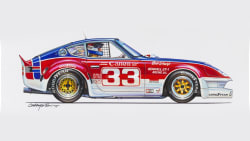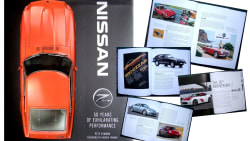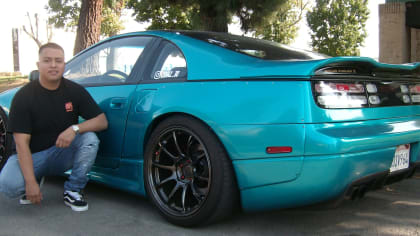What the Cray May Have Meant In Designing the Z-32
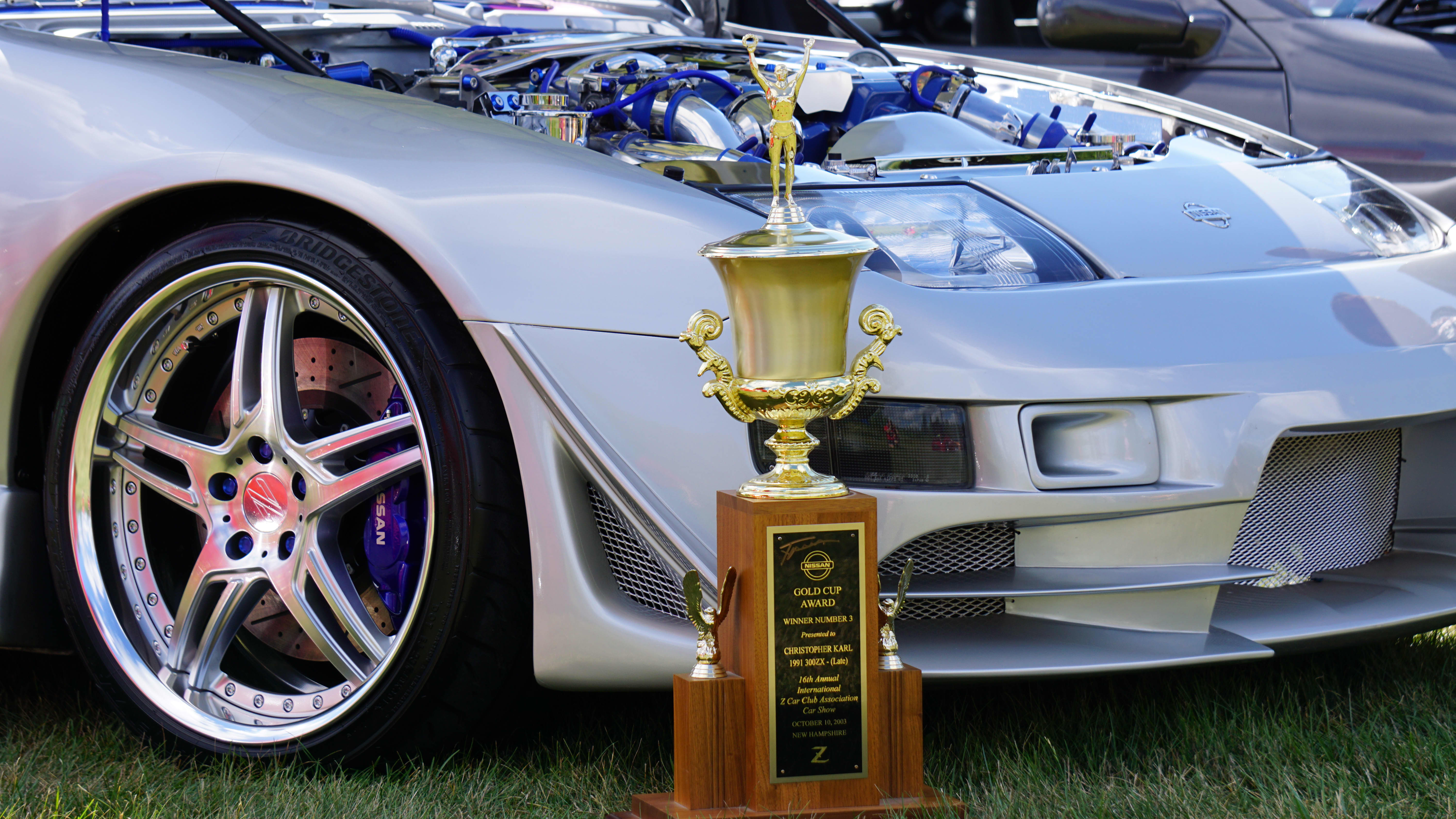
Part Four of our Supercomputer Series
Part four of LACar’s series on supercomputers and the Nissan 300ZX by LACar guest writer Dan Banks details the influence of the Cray supercomputer on the Z-32.
By Guest Author: Daniel Banks
Wed, Oct 14, 2020 03:43 PM PST
This article is a part of
Nissan Z ExtravaganZa
Click to see the collection and all the included articles!
Released in September 1989 as a 1990 model, the 1990 – 1996 Nissan 300ZX firmly re-established Nissan’s Z car as a contender among world class sports cars. Each of the seven model year brochures clearly states Nissan’s use of Cray supercomputers to design the suspension on this rear wheel drive car. These big brochures make quite a visual impression. Suspensions are shown on translucent color overlays. So you can see the suspension in place, or “floating” on a translucent page all on its own.

The Twin Turbo version of the 300ZX has suspension incorporating what Nissan called their “HICAS” system (High Capacity Actively Controlled Suspension) which used a combination of steering rate and speed sensors in an electrically-controlled hydraulic system run off the power steering pump that steers the rear wheels. After a few years, the HICAS became fully electric, eliminating the complex hydraulic component. For those unfamiliar, Nissan’s HICAS is not the 4-wheel steering you might use to help park the car in a tight space. Rather, it “steers” the rear wheels plus/minus a single degree at speed to improve extreme handling. The system appeared on other Nissan cars, as well as some Infiniti cars, Nissan’s luxury brand that came out in November 1989. The Cray may have been used to get the HICAS right. Its use is credited in the brochures with the suspension on all 1990 – 1996 300ZX variants, and that prompts the second key point. Such a public statement may have been sending a quiet message to the USTR.
The Z-32 does not share its platform with other Nissan or Infiniti platform cars the way the subsequent 350Z and 370Z would. Engineering the Z-32 surely soaked up talents Nissan could have devoted elsewhere. Its relatively low sales volume must have diminished possible profit. Perhaps like MITI’s original goal for Japan’s nascent supercomputer companies, the 1990 300ZX was a technological driver for the rest of Nissan.
With all it must have taken to engineer and build it, Nissan’s 1990 release of the 300ZX seems an automotive tour de force, a halo car not meant to return any profit but rather further cement brand image and market share. In Twin Turbo form, the Z-32 presented the first mass production engine to achieve 100 HP per liter displacement.
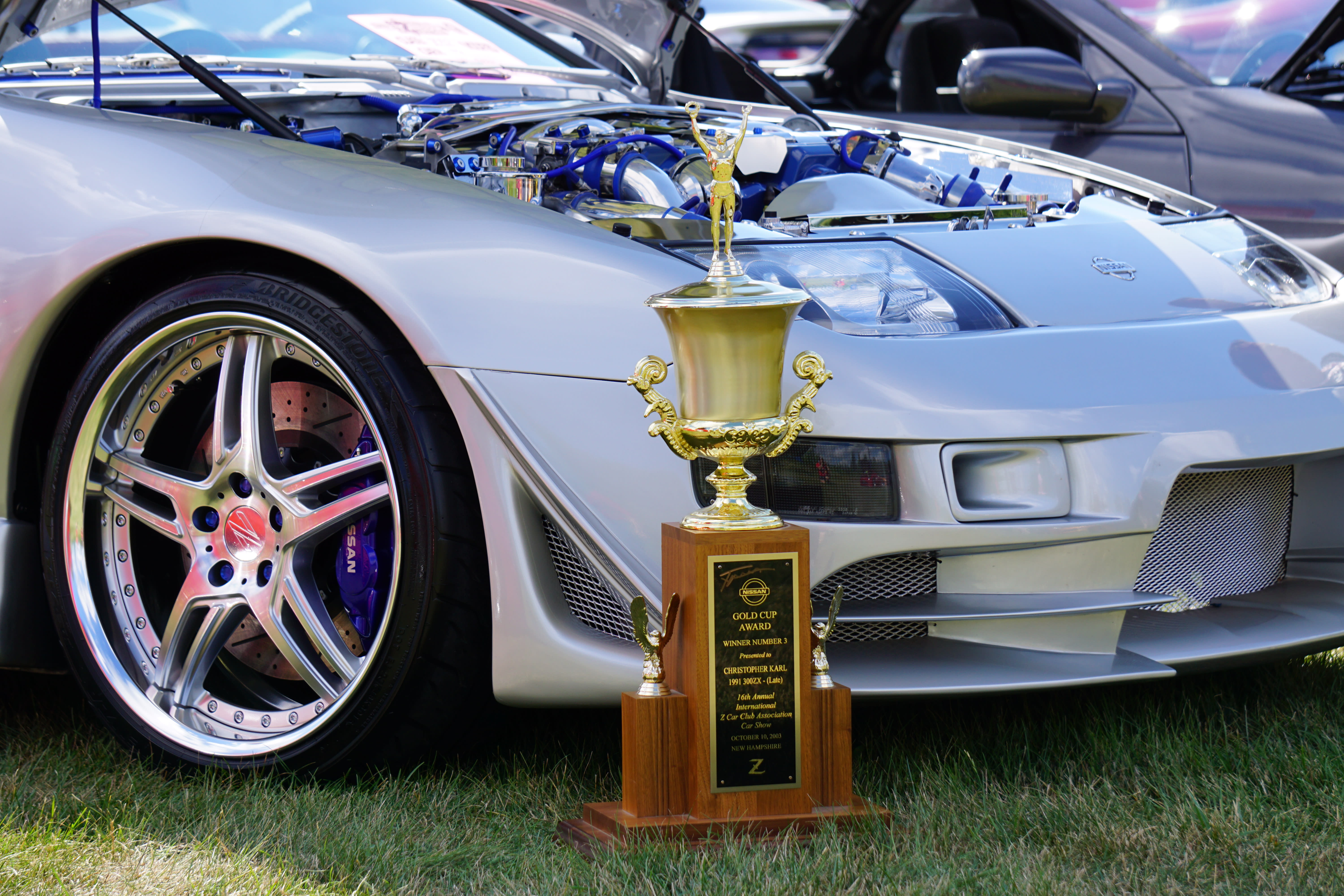
My ownership experience reveals the Z-32 is just very well done in an ergonomic sense. To the extent Nissan’s engineers used their American Cray supercomputers to do this, one has to wonder which side really won. The likely reality is America’s “litmus test compulsion” purchases of superior Cray machines by Japanese auto makers fairly ruined Detroit’s competitive advantage gained as sole Cray user. And of course, the Japanese supercomputers would become far better over time. Though I have not found it, references that Detroit saw trouble with the USTR forcing Cray sales into their Japanese competitors, perhaps complaining in Washington, would help make the point about backfiring litmus tests. But, then, there’s that hubris thing going in American industry… and as good as Nissan’s cars are, not least the Z-32, the question the USTR ought to be asked is whether the United States really won the race that mattered.
Featured photo used courtesy of Nissan.
About The Author
Daniel Banks
Guest Contributor
